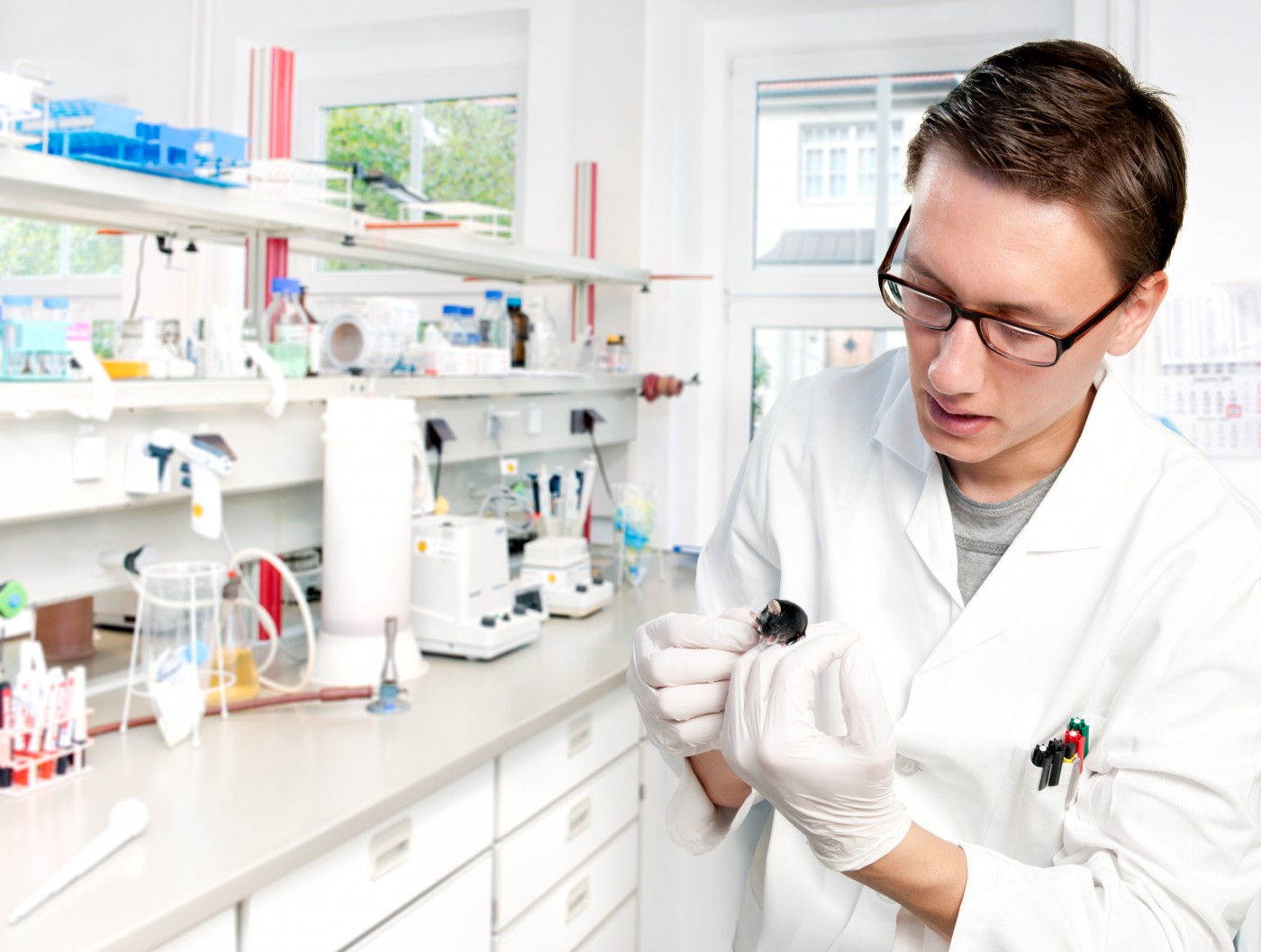MDA and FARA Form Research Collaboration for Friedreich’s Ataxia Treatments

The Muscular Dystrophy Association (MDA), together with the Friedreich’s Ataxia Research Alliance (FARA), have announced a new strategic partnership geared towards discovering better ways to address Friedreich’s Ataxia (FA) through advancing research, therapeutic development and clinical care.
This alliance further strengthens the former’s dedication to forming partnerships both with for- and not-for-profit organizations to facilitate better and faster research and development. FA is a rare neuromuscular disease that causes loss of physical strength and independent mobility, and falls under the MDA’s umbrella of tackled diseases. FA is not only debilitating, but life-threatening as well, as patients are likely to present with cardiac alterations that can range from mild, asymptomatic deviations to major abnormalities in the heart’s musculature.
“MDA is intentional in pursuing collaboration and enthusiastically embraces aligning efforts with other like-minded leaders and organizations,” said MDA President and CEO Steven M. Derks. “Our strength is in the ability to share knowledge and rally resources for impact. By working with respected and capable sister organizations like FARA, we are able to hone in on real progress for FA. We are committed to saving and improving the lives of people with neuromuscular disease, and we can’t do it alone.”
“We are excited to launch this partnership with MDA and work together toward our joint mission of developing a cure for FA by raising funds for research, promoting public awareness, and aligning scientists, patients, clinicians, government agencies, pharmaceutical companies and other organizations,” said Ronald J. Bartek, Director and Co-Founder of FARA. “We know that, with FARA and MDA working closely together, we will accomplish our shared goals and get treatments to FA patients much sooner.”
This new partnership will aim to improve the quality, quantity and scope of research on FA; strengthen review processes; facilitate more collaborative work relationships between researchers; and pave the way to the launch of co-funded research and training grants, and infrastructure and advocacy initiatives.
In the study, researchers analyzed the expression of 26 specific genes that have been previously reported to be differentially expressed between Friedreich’s ataxia patients and healthy individuals. The team tested PBC from 11 Friedreich’s ataxia patients and 11 gender and age-matched healthy controls.






